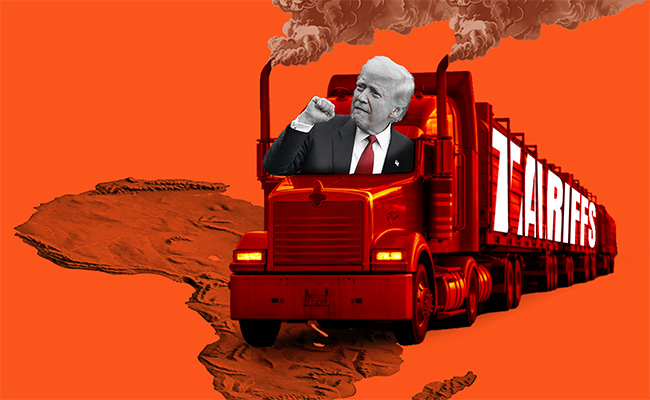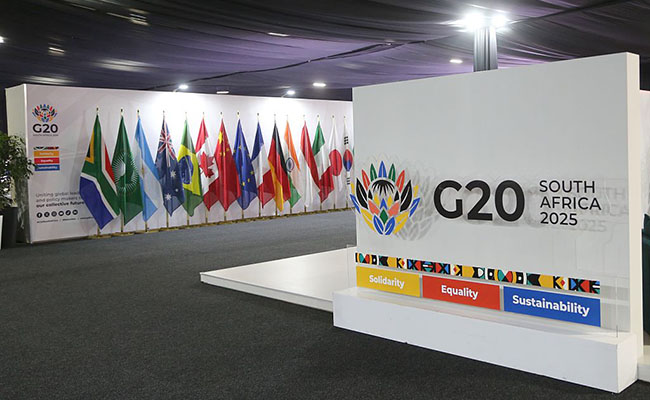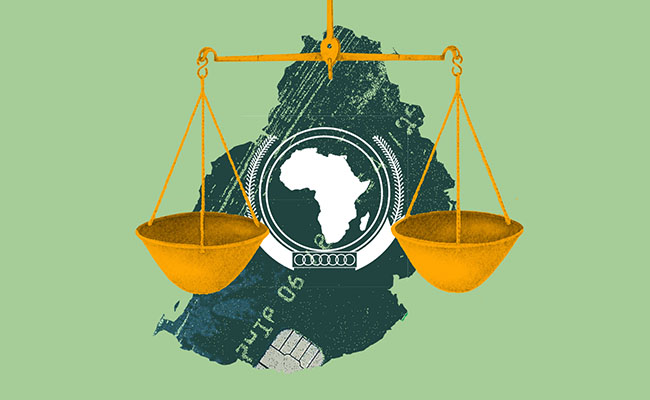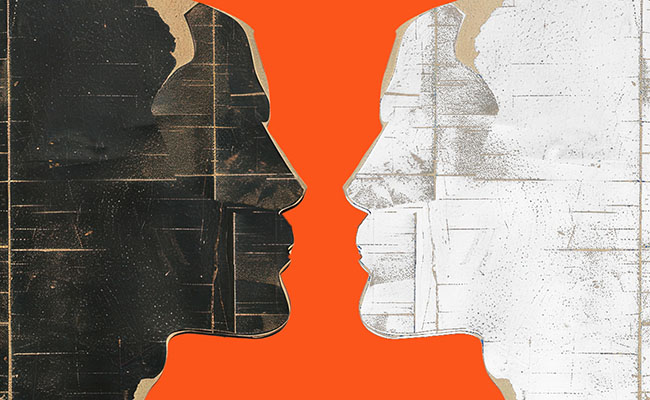It’s sometimes said the art of diplomacy is to tell people to go to hell in such a way that they look forward to the trip. Something of this weird sense of framing is evident in US President Donald Trump’s tariff tantrum as it applies to Africa. The final tariffs are generally lower than the initial suggestions. Lesotho faces tariffs of 15% as opposed to the 50% initially on the cards; Madagascar is on the same rate as opposed to the 47% initially proposed. Tariffs for Angola and Botswana have also halved.
In addition, several of the highest-tariffed countries, like Libya and Algeria, might face high tariffs, but their major exports to the US are mostly petrochemical products which are excluded, so the effect will actually be minimal. On the other hand, almost no country with major exports to the US escapes entirely, and some of the poorest countries in the world, like Chad, Malawi and Cameroon, face tariffs of 15%.
Since the tariffs are generally lower than expected, some African countries might be tempted to feel they dodged a bullet, or at least the bullet lodged in a less critical part of the anatomy. But this would be a mistake. One of the most infamous acts in US history was the passing of the Smoot-Hawley Tariff Act in 1930, which has been widely invoked in opposition to Trump’s current tariff tantrum. The act was passed in the wake of the Great Depression, when policymakers thought higher tariffs would protect American farmers and manufacturers from foreign competition.
The act raised tariffs on more than 20,000 imported goods, averaging about 40% – the highest in US history at that point. Everything was covered, from agricultural produce to industrial goods. The result was a 66% decline in global trade during the next four years, which contributed to the deepening and extension of the depression. The tariffs were imposed by then president Herbert Hoover, who promptly lost the next election.
Trump’s tariffs are not quite the same. They are generally lower in intensity, in Africa and elsewhere. And they are being implemented in different circumstances; the global economy is stronger and, from a trade point of view, the US is much less dominant as a proportion of global trade. Consequently, African countries do have alternatives. Also, unlike 1930, countries around the world have moderated their retaliation.
But nevertheless, economists estimate that US-Africa trade will decline by about 25% over the next three years.
Dodgy economics
Theoretically, the Trump tariffs are based on the notion of “reciprocity”: the initial reciprocal tariff was arrived at by dividing the US trade deficit by the volume of imports from that country.
The “reciprocity” formula sounds clever, but it’s built on a category error because it equates a trade deficit with unfair trade barriers. It also uses a mathematical shortcut that has no grounding in economics or international law. In effect, it punishes countries for selling goods Americans want, not necessarily for erecting trade barriers.
But the point, as far as Africa is concerned, is not really about relative issues but absolute trade volume, which is trivial. US total trade is roughly $7.3-trillion compared to its trade with Africa of $70bn.
Even if you agree with the logic of Trump’s tariff tantrum, he is driving over a bug with an 18-wheeler. What he is doing is economically ignorant – that much is well known – but it’s also performative at best and cruelly pointless at worst.
Top image: US President Donald Trump. Picture: Win McNamee/Getty Images; Rawpixel/Currency collage.
Sign up to Currency’s weekly newsletters to receive your own bulletin of weekday news and weekend treats. Register here.












